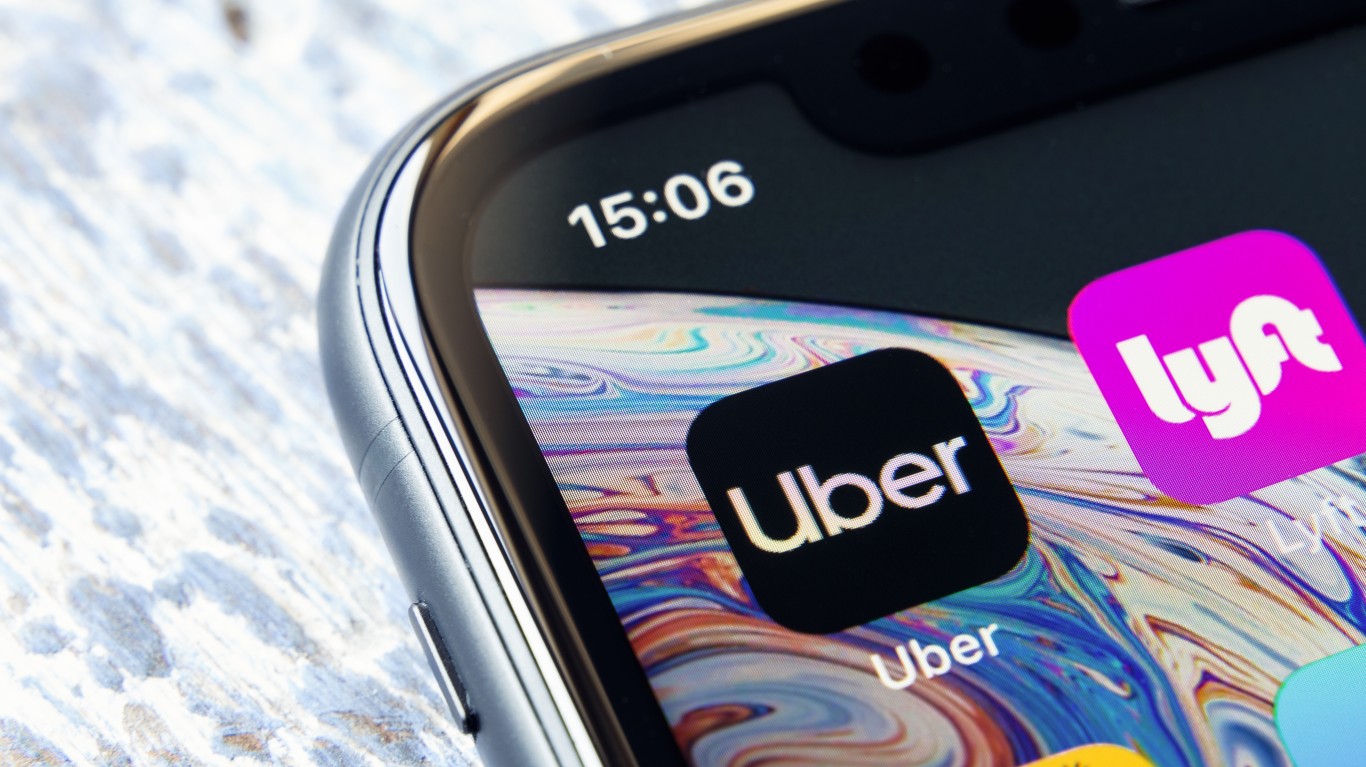
Nike (NYSE: NKE) is already one of the biggest apparel companies on the planet. Its reach is global but there’s still room to expand. However, the COVID-19 pandemic has slowed business everywhere and presents a challenge going forward.
The global economy first felt the impact of the novel coronavirus in late February, and March was one of the worst months in the history of the S&P 500. There has been a recovery since then, and with economies around the world beginning to reopen, the establishment of a “new normal.”
It’s hardly possible, however, to return to the way that the economy and society operated before the virus. More businesses are moving their operations online, e-commerce is growing faster than ever, and social distancing appears to be here to stay.
Although its stock has not been at the forefront of the recovery, Nike still holds a place as one of the largest consumer products companies in the world. How consumers respond to the apparel giant may give some clues as to how the industry has shifted and what to expect in the coming months and years.
China/South Korea Update
Nike recently announced that 100% of company-owned stores and 95% of partner stores in Greater China and South Korea are now open. Note that these stores are still operating with reduced hours and safety guidelines in place.
In these markets, physical store traffic remains below prior-year levels. However, this has been offset by higher conversion rates and continued strong digital demand. So far management has been encouraged by the recovery in Greater China and South Korea. But that’s not all: The pandemic has made people more health conscious than ever.
“Even more so, consumers around the world are recognizing the need for an active and healthy lifestyle and sport is now more meaningful than ever,” said John Donahoe, president and CEO of Nike. “With our strong digital foundation, brand momentum and financial position, we believe this will be a catalyzing moment that strengthens Nike’s long-term future.”
North America Stores and Digital Sales
The vast majority of Nike-owned and partner stores outside Greater China and South Korea were closed as of mid-March in order to protect the health and safety of employees and to slow the spread of COVID-19.
As a result of store closures, product shipments to wholesale customers have slowed, resulting in significantly lower wholesale revenue and higher inventory. This is expected to have a continued material impact on Nike Direct and wholesale operations in North America, EMEA and APLA in the fiscal fourth quarter.
Nike has gradually reopened a small number of company-owned stores as some states and countries begin to ease quarantine measures. Specifically, store reopening has begun in over 15 countries, including Germany, France, the Netherlands, Brazil and the United States. As of last week, 5% of stores in North America were open, some of them operating with reduced hours. Separately, wholesale partners have also begun to re-open stores.
Meanwhile, Nike’s strong digital footprint and capabilities are serving it well. The company is seeing accelerated new member acquisition and strong digital demand across the globe, with increased traffic and engagement on its mobile commerce and activity apps. Nike has increased its digital fulfillment capacity to meet this higher-than-anticipated demand, which is partially offsetting declines in Nike-owned stores.
So where does Nike go from here?
Full-Year Finish Line
Nike is slightly different from most public companies in that its fiscal year ends in May, as opposed to December or January. At this rate, Nike shares will cross its fiscal finish line with a gain for the year.
But here’s a deeper look at what to expect: For the fiscal fourth quarter, Wall Street analysts are calling for earnings per share (EPS) of $0.18 on $8.09 billion in revenue. This compares with last year’s numbers of $0.62 in EPS and $10.18 billion in revenue.
For the 2020 fiscal full year, the consensus estimates are calling for $2.18 in EPS and $38.85 billion in revenue. Fiscal 2019 reportedly had $2.49 in EPS and $39.12 billion in top line revenue.
While the numbers are hardly comparable based on the pandemic alone, there is more information that we can glean from last year’s report.
For last year’s fiscal full year, revenues for the Nike brand were $37.2 billion, an 11% increase on a currency-neutral basis, driven by growth across Nike Direct and wholesale, key categories, and double-digit growth across footwear and apparel.
Here’s where to pay attention: Nike Direct revenues were $11.8 billion, up 16% on a currency-neutral basis, driven by a 35% increase in digital sales, 6% growth in comparable store sales, as well as the addition of new stores. Sales to wholesale customers increased 10%.
The double-digit growth seen last year was incredible, but like Michael Jordan from the free throw line, digital sales could very well go way up from here.
Get Ready To Retire (Sponsored)
Start by taking a quick retirement quiz from SmartAsset that will match you with up to 3 financial advisors that serve your area and beyond in 5 minutes, or less.
Each advisor has been vetted by SmartAsset and is held to a fiduciary standard to act in your best interests.
Here’s how it works:
1. Answer SmartAsset advisor match quiz
2. Review your pre-screened matches at your leisure. Check out the advisors’ profiles.
3. Speak with advisors at no cost to you. Have an introductory call on the phone or introduction in person and choose whom to work with in the future
Thank you for reading! Have some feedback for us?
Contact the 24/7 Wall St. editorial team.
 24/7 Wall St.
24/7 Wall St.

